How Long Does It Take to Create Marble or Travertine?
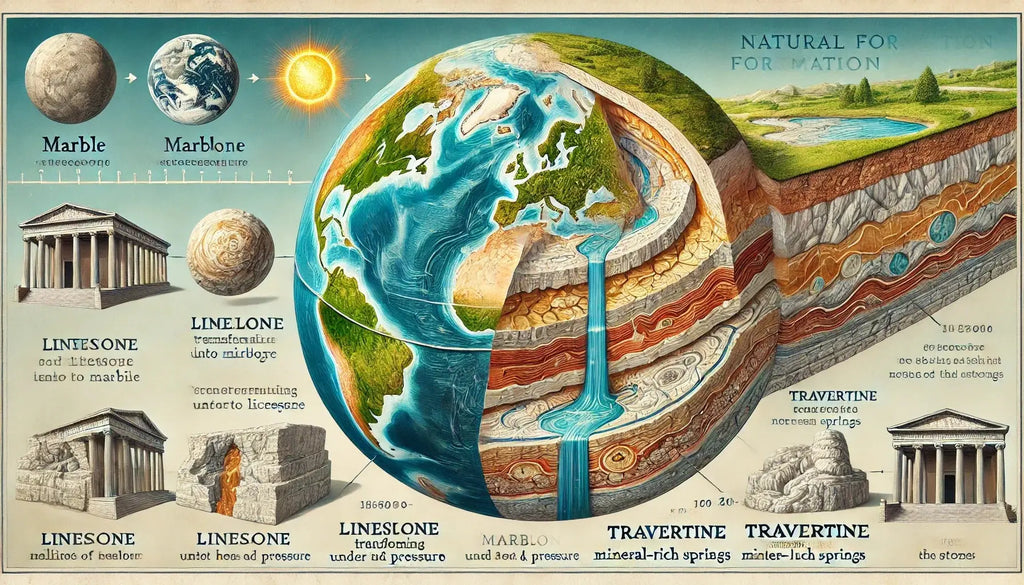
When you walk into a room adorned with marble countertops or travertine flooring, it's easy to marvel at the natural beauty of the stone. But have you ever wondered how long it actually takes to create these luxurious materials? The answer is mind-boggling: the formation of marble and travertine can take millions of years. Unlike man-made materials, natural stone is formed deep within the earth through geological processes that span millennia, giving each slab its unique character and texture.
In this article, we'll explore the fascinating journey of marble and travertine, from their formation beneath the earth’s surface to their transformation into elegant building materials used in modern homes.
1. The Geological Formation of Marble
Marble begins its journey as limestone, a sedimentary rock that forms from the accumulation of minerals like calcite and the remains of marine organisms. Over time, these minerals compress and crystallize, forming the solid rock we know as limestone.
However, it’s the metamorphic process that transforms this ordinary limestone into the stunning stone we call marble. When limestone is subjected to intense heat and pressure, usually from tectonic activity beneath the earth’s surface, its crystalline structure changes, giving it the characteristic veining and smooth texture we see in Carrara marble and Calacatta marble.
- Metamorphism: The process of metamorphism—where heat, pressure, and chemical processes alter the original structure of the stone—can take millions of years.
- Veining: The beautiful veining in marble is created by the impurities in the original limestone, such as clay, sand, or iron oxides, which react with the minerals during metamorphism.
2. The Formation of Travertine: A Product of Hot Springs
Unlike marble, which is formed deep underground, travertine is created in more surface-level environments, typically near hot springs or limestone caves. Travertine forms when dissolved calcium carbonate precipitates out of mineral-rich waters, slowly accumulating to create the stone’s porous structure.
This process can take tens of thousands of years, as minerals deposit layer by layer over time. The holes and crevices in travertine are created by trapped gas bubbles, giving it the distinctive texture that makes it perfect for both indoor and outdoor spaces.
- Sedimentation: The travertine we use today for flooring and patios was formed by centuries of sedimentation in hot springs, creating its unique, pitted surface.
- Porosity: Travertine's porous texture is both a natural characteristic and one of its most attractive features, offering a rustic, earthy appeal.
3. The Timescale: From Thousands to Millions of Years
The creation of natural stone is not a quick process. Marble takes millions of years to form, while travertine is formed over thousands of years. These geological processes are incredibly slow, making the stone we use today truly ancient.
Marble:
- The transformation of limestone into marble can take over 100 million years.
- The extreme heat and pressure required to create marble are only found deep within the earth’s crust, where tectonic activity slowly metamorphoses the stone.
Travertine:
- Travertine forms in thousands to tens of thousands of years through the slow deposition of minerals from spring waters.
- The creation of large travertine formations, like those found in Italy or Turkey, takes centuries of mineral buildup.
4. From Quarry to Home: The Modern Journey
While the natural creation of marble and travertine takes place over geological timescales, the process of transforming these raw materials into usable building materials for your home is relatively quick by comparison. Once quarried, blocks of marble and travertine are cut, polished, and shaped into tiles, countertops, or pavers.
- Quarrying: Large blocks of stone are extracted from quarries located in regions with abundant marble and travertine reserves, such as Italy, Turkey, and Mexico.
- Cutting and Polishing: The blocks are then cut into slabs or tiles, and polished to bring out the natural beauty of the stone, a process that takes days or weeks compared to the millions of years of formation.
5. The Rarity and Value of Natural Stone
Because marble and travertine take such a long time to form, they are considered premium building materials. Unlike man-made options like porcelain or laminate, natural stone is not renewable in our lifetime. The slow, natural processes that create these stones make them rarer and more valuable.
- Calacatta Gold marble, for example, is known for its unique, bold veining, and its rarity adds to its high price.
- Similarly, travertine pavers have a timeless appeal that synthetic materials simply can’t replicate, making them a popular choice for high-end landscaping projects.
6. Why Marble and Travertine Are Worth the Wait
While the formation of marble and travertine may take millions of years, the result is well worth the wait. These stones have been prized for centuries due to their durability, beauty, and unique qualities. When you choose natural stone for your home, you're bringing a piece of geological history into your space, adding a timeless elegance that synthetic materials can’t offer.
- Longevity: Marble flooring or travertine walls are not just beautiful—they are incredibly durable, lasting for generations when properly maintained.
- Unique Patterns: Each slab of marble or travertine is completely unique, with its own patterns, veining, and color variations, ensuring that no two installations are alike.
Conclusion: A Timeless Gift from the Earth
The formation of marble and travertine is a slow, natural process that takes place over thousands to millions of years, making each piece of stone a one-of-a-kind masterpiece. From its humble beginnings as limestone or mineral deposits to its final form as a polished marble countertop or travertine tile, natural stone tells a story that spans millennia. By choosing marble or travertine for your home, you are not only investing in luxury and durability, but also in the rich history of the earth itself.

 Best Selling Marble Collections
Best Selling Marble Collections
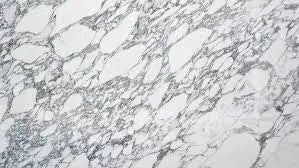 Arabescato Corchia
Arabescato Corchia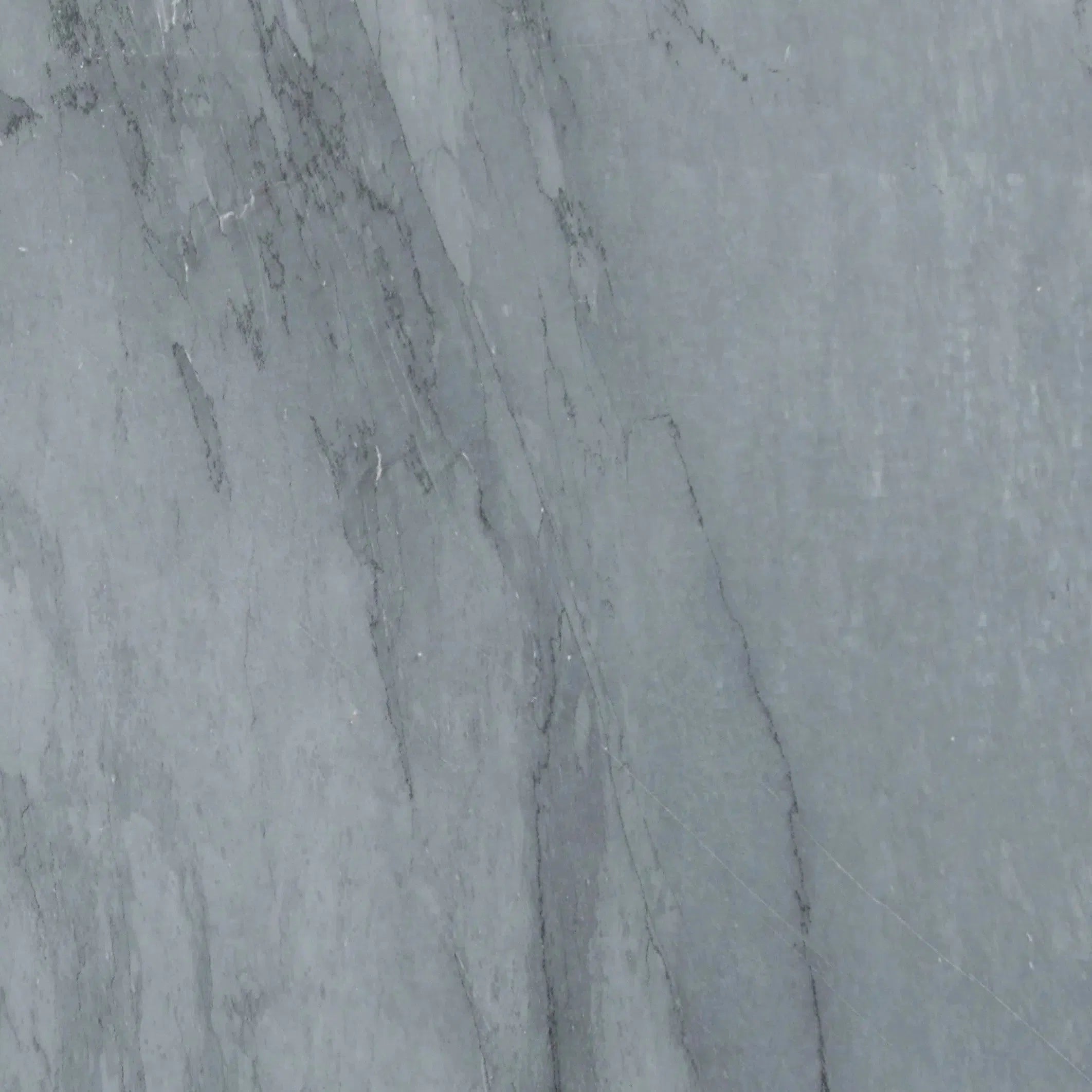 Bardiglio
Bardiglio Bianco Dolomite
Bianco Dolomite  Carrara White
Carrara White  Calacatta Gold
Calacatta Gold Crema Marfil
Crema Marfil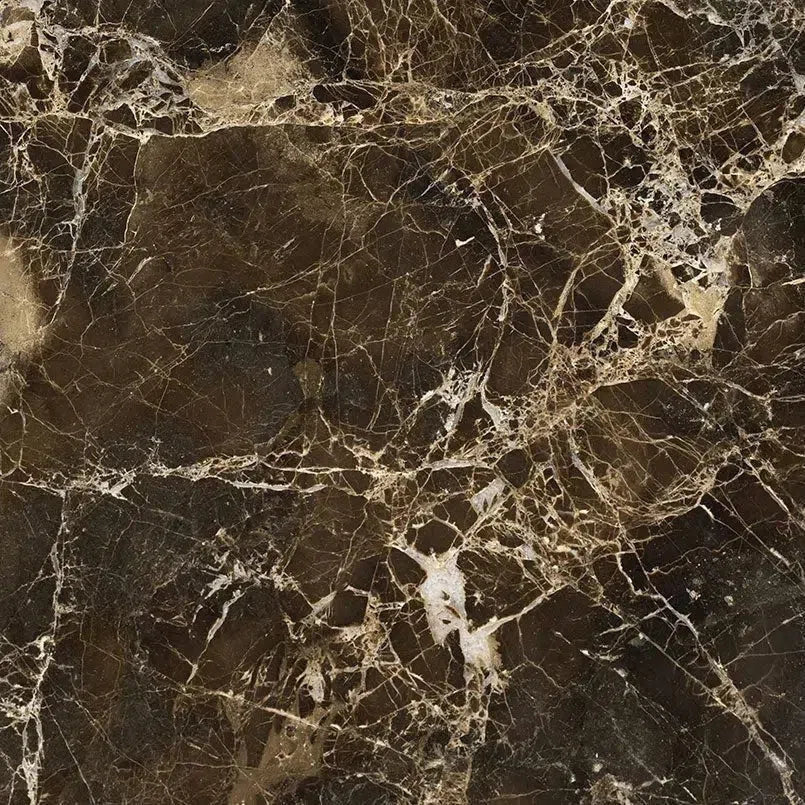 Emperador Dark
Emperador Dark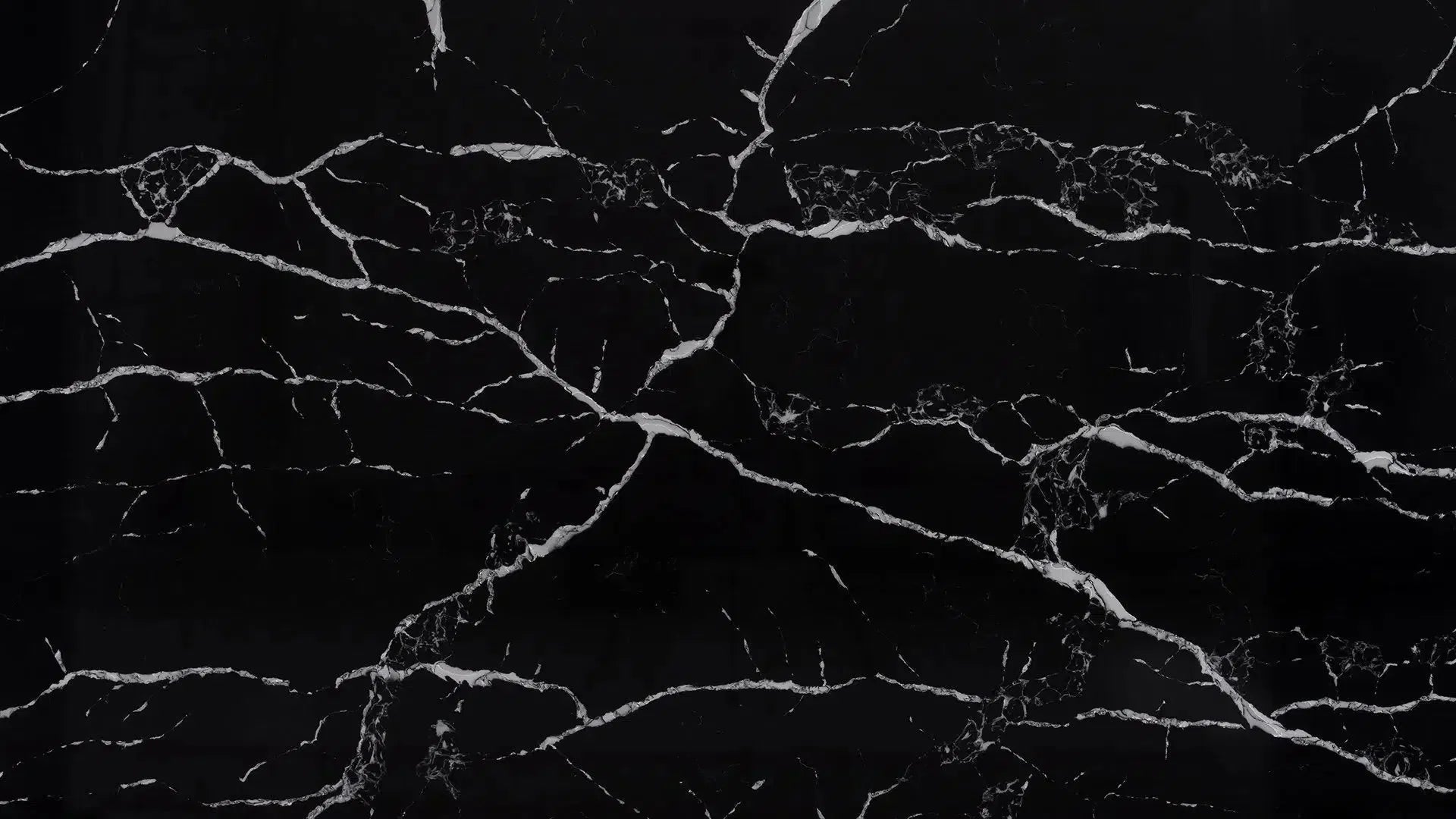 Nero Marquina
Nero Marquina Thassos White
Thassos White Best Selling Travertine Collections
Best Selling Travertine Collections
 Ivory Travertine
Ivory Travertine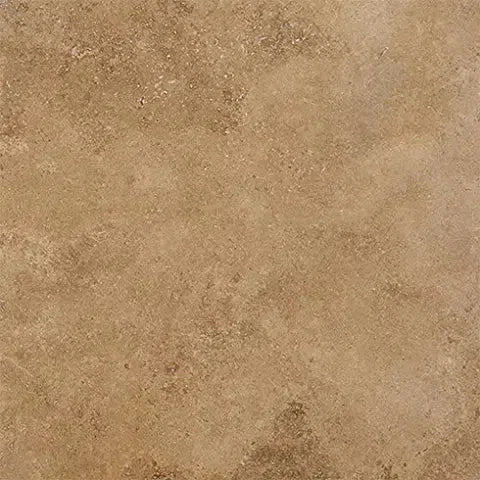 Noce Travertine
Noce Travertine Exotic Noce Travertine
Exotic Noce Travertine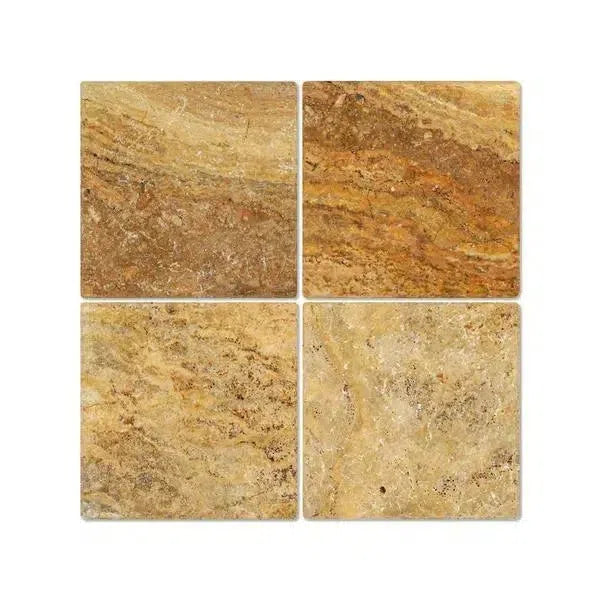 Scabos | Autumn Leaves Travertine
Scabos | Autumn Leaves Travertine Silver Travertine
Silver Travertine Exotic Travertine
Exotic Travertine Checkerboard
Checkerboard
 Patterned Tile
Patterned Tile
 Shop By Material
Shop By Material
 Travertine
Travertine Marble
Marble Limestone
Limestone Soap Stone
Soap Stone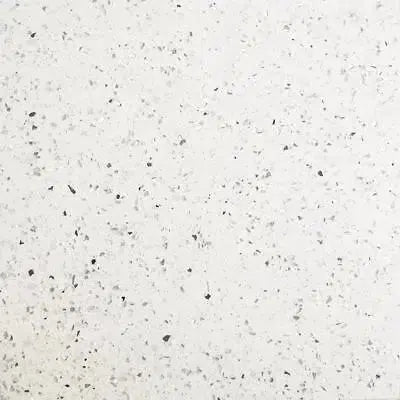 Quartz
Quartz Granite
Granite Shop By Name
Shop By Name
 Absolute Black Granite
Absolute Black Granite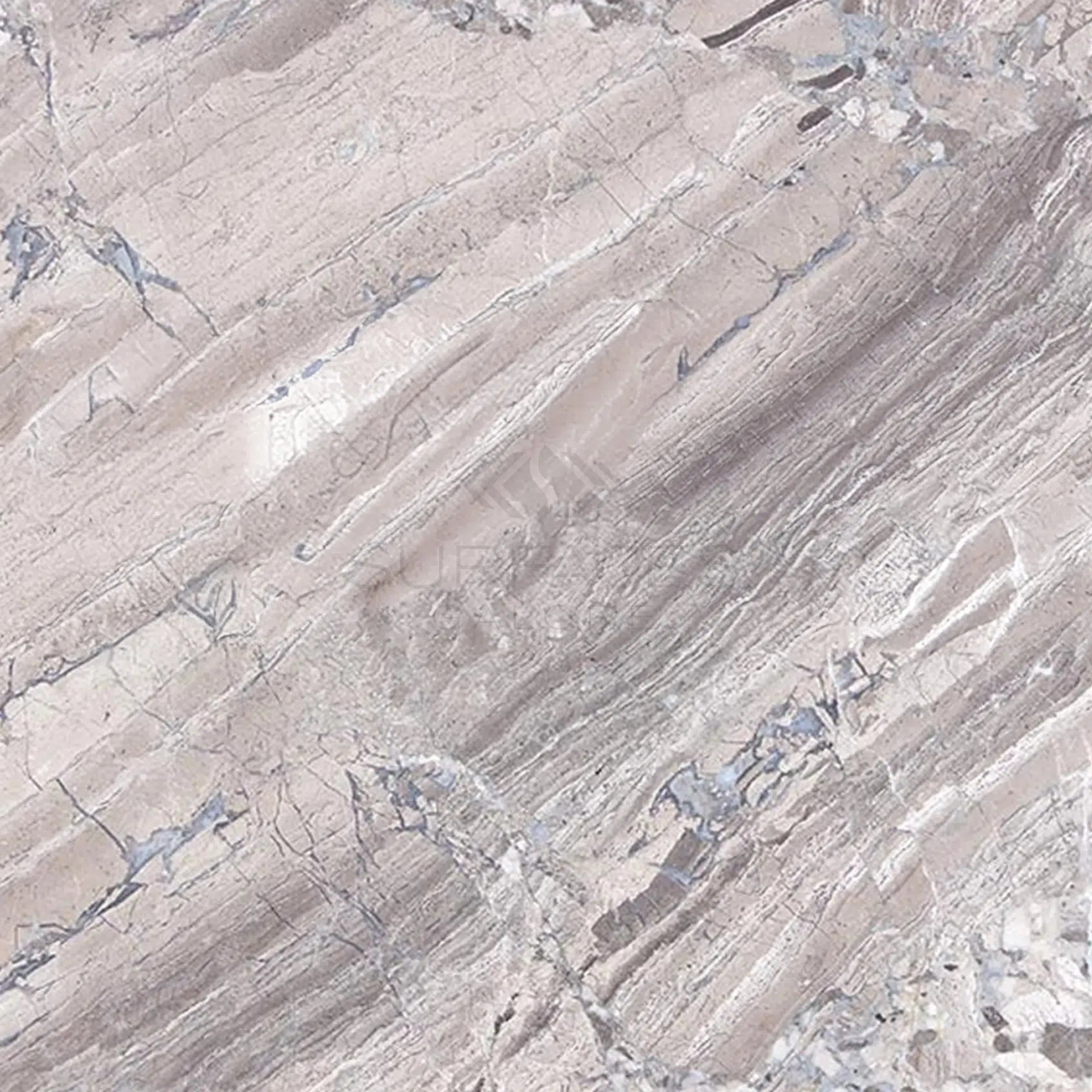 Atlantic Gray Marble
Atlantic Gray Marble Antico Onyx Travertine
Antico Onyx Travertine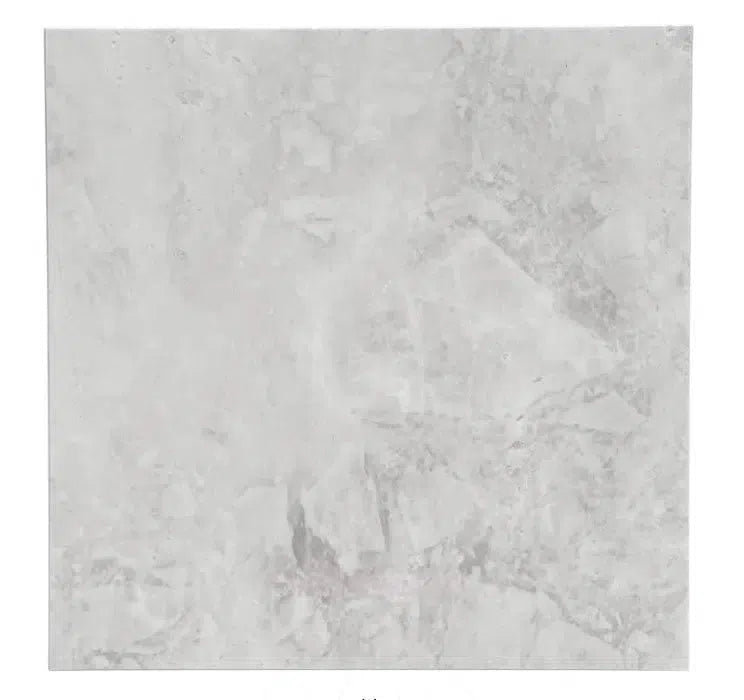 Bianco Congelato Dolomite
Bianco Congelato Dolomite Bianco Venatino (Bianco Mare) Marble
Bianco Venatino (Bianco Mare) Marble Calacatta Oliva Marble
Calacatta Oliva Marble Cappuccino Marble
Cappuccino Marble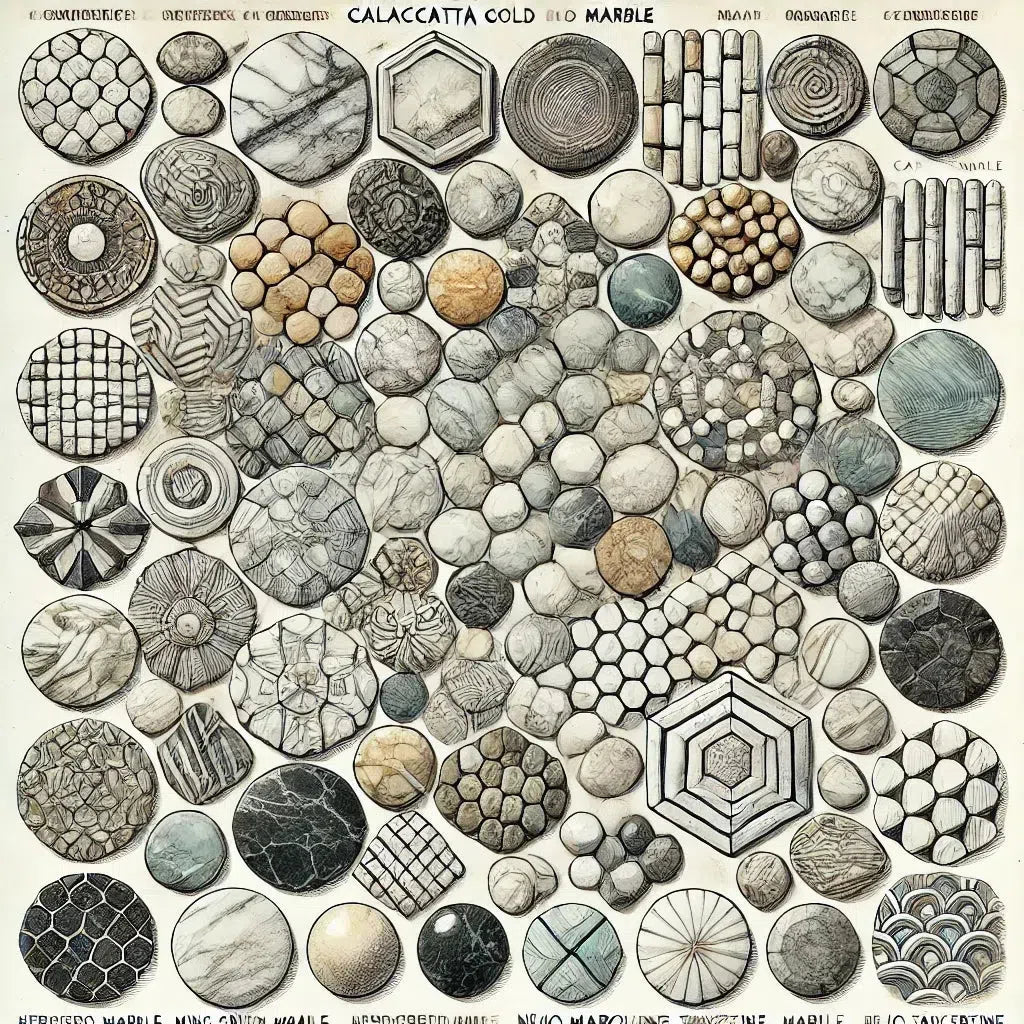 Custom-Made Mosaic
Custom-Made Mosaic Diano Royal (Queen Beige) Marble
Diano Royal (Queen Beige) Marble Durango Cream Traverine
Durango Cream Traverine Emperador Light Marble
Emperador Light Marble Empress Green Marble
Empress Green Marble Gold/Yellow Travertine
Gold/Yellow Travertine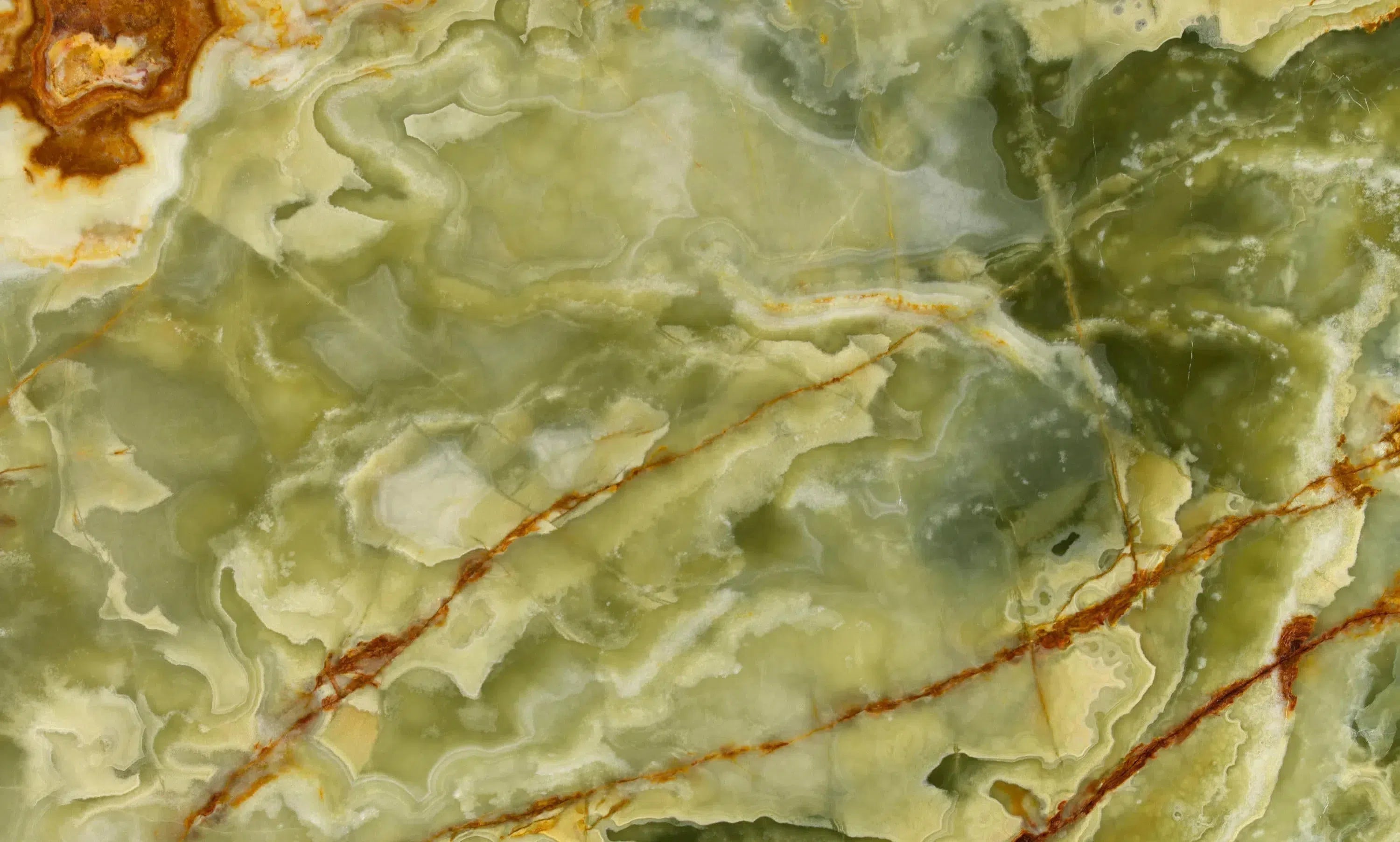 Green Onyx Marble
Green Onyx Marble Haisa Light (White Wood) Limestone
Haisa Light (White Wood) Limestone Honey Onyx Marble
Honey Onyx Marble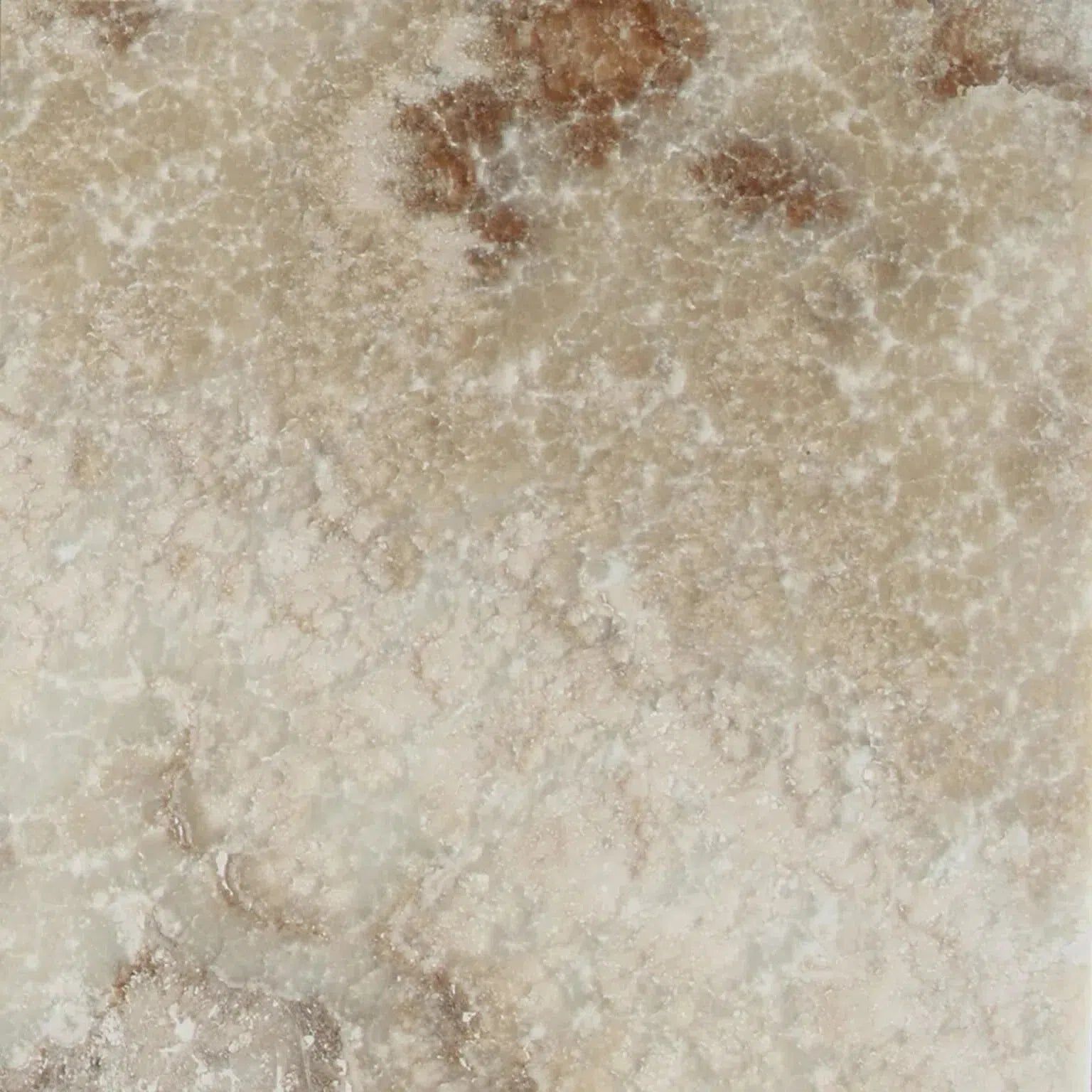 La Travonya Travertine
La Travonya Travertine Malibu Travertine
Malibu Travertine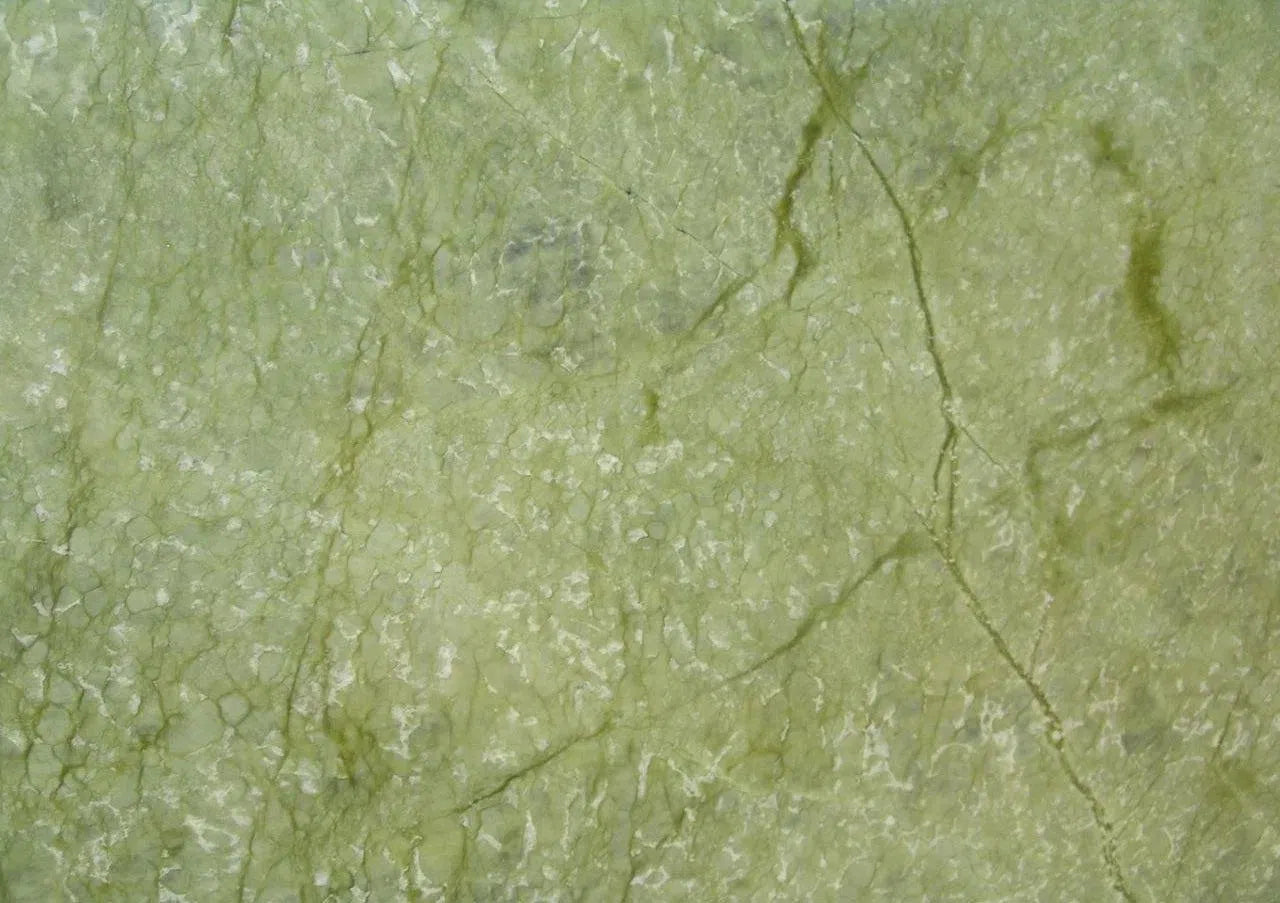 Ming Green Marble
Ming Green Marble Mink (Equator) Marble
Mink (Equator) Marble Mixed (Ivory-Noce-Gold) Travertine
Mixed (Ivory-Noce-Gold) Travertine Oriental White Marble
Oriental White Marble Pierre Bleue (Pierre Blue) Marble
Pierre Bleue (Pierre Blue) Marble Philadelphia Travertine
Philadelphia Travertine Rosso Levanto Marble
Rosso Levanto Marble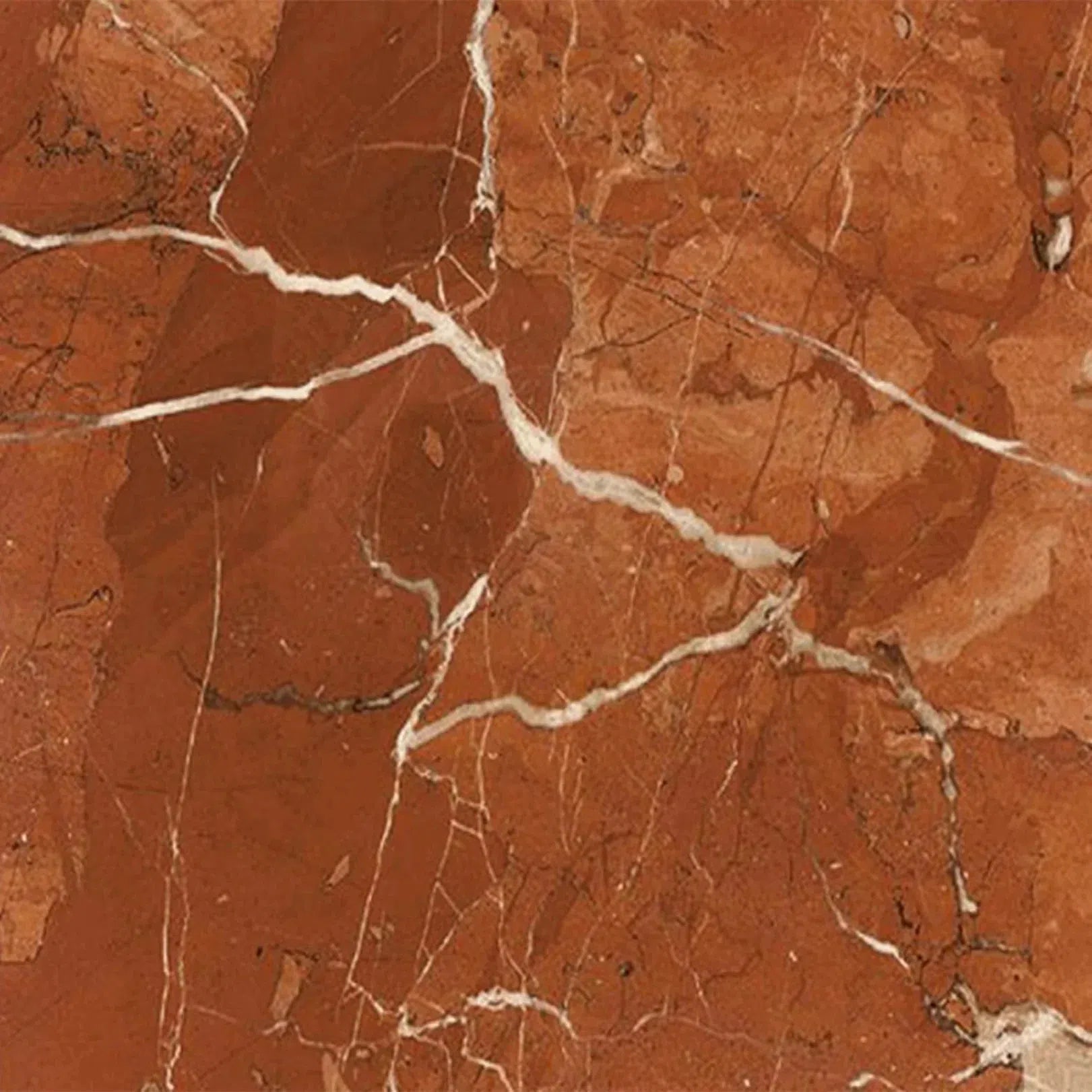 Rojo Alicante Marble
Rojo Alicante Marble Sky Blue | Azul Cielo Marble
Sky Blue | Azul Cielo Marble Snow White (Afyon White) Marble
Snow White (Afyon White) Marble Spanish Mix Marble
Spanish Mix Marble Statuary - Statuario White (Italian) Marble
Statuary - Statuario White (Italian) Marble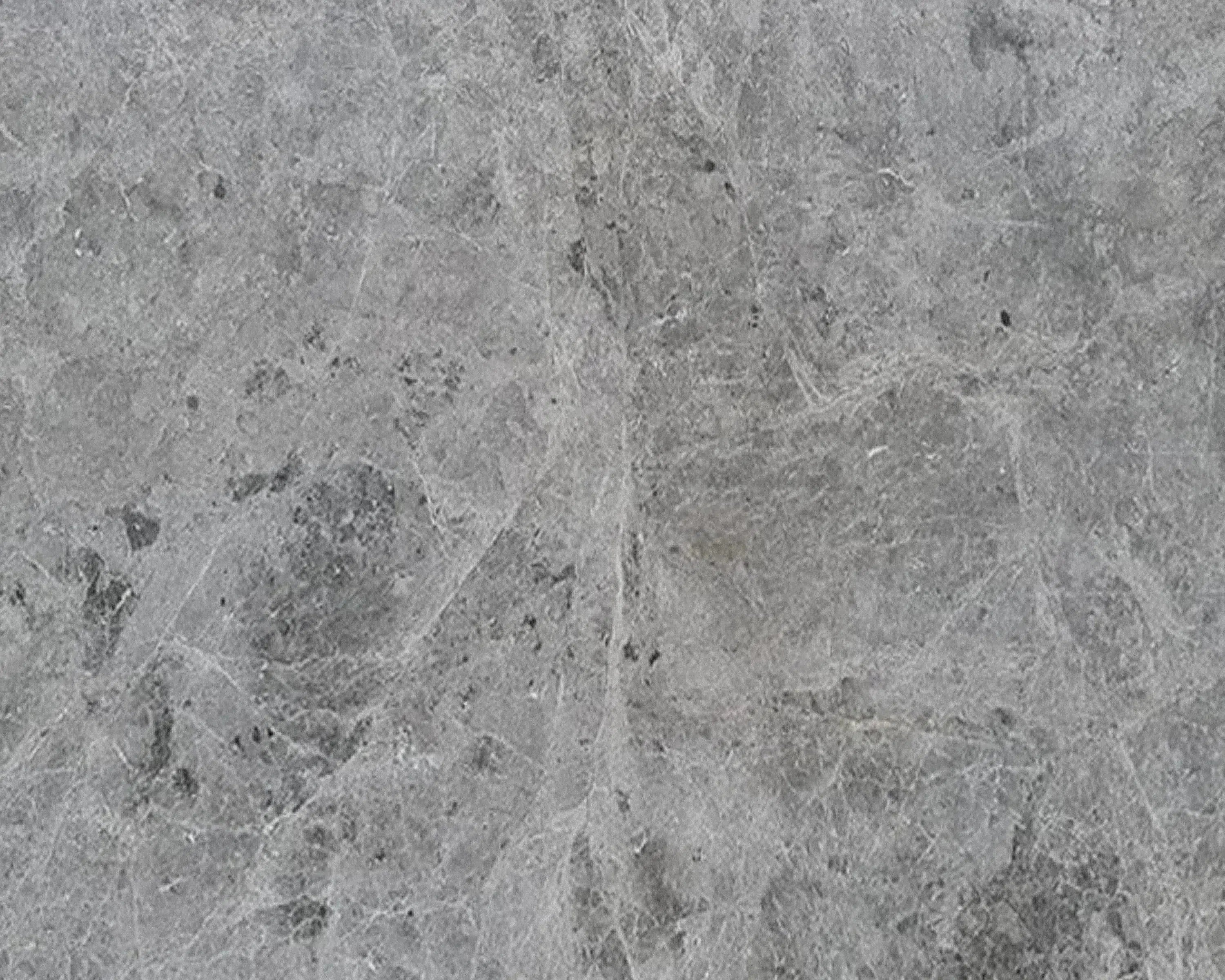 Tundra Gray (Atlantic Gray) Marble
Tundra Gray (Atlantic Gray) Marble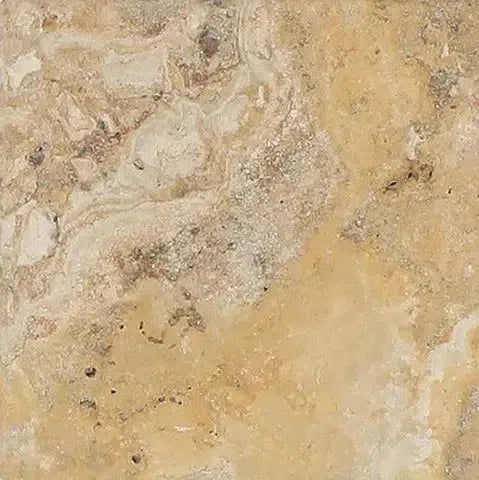 Valencia Travertine
Valencia Travertine Valerenga Travertine
Valerenga Travertine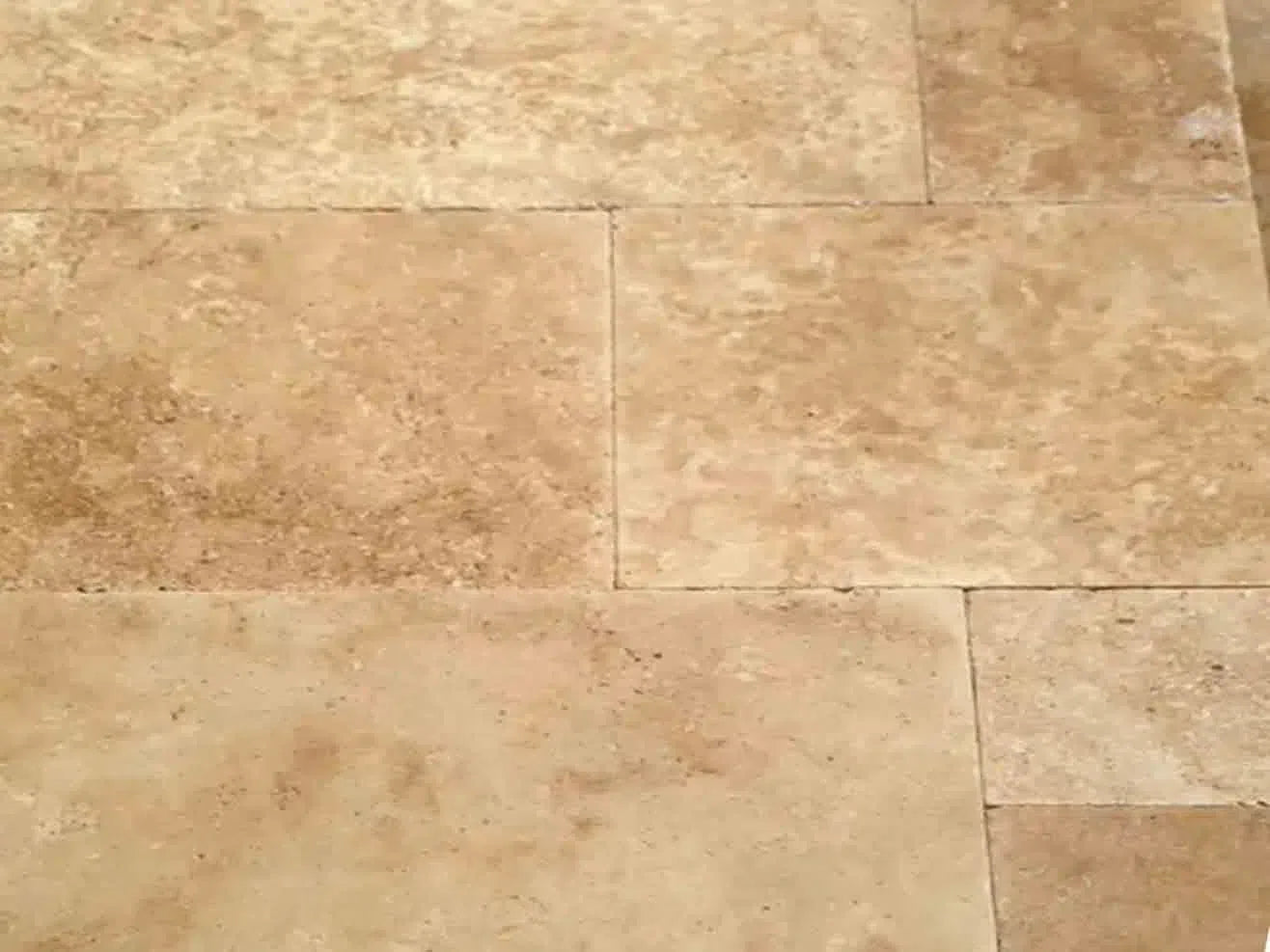 Walnut Travertine
Walnut Travertine White Onyx Marble
White Onyx Marble White Pearl/Botticino Beiege Marble
White Pearl/Botticino Beiege Marble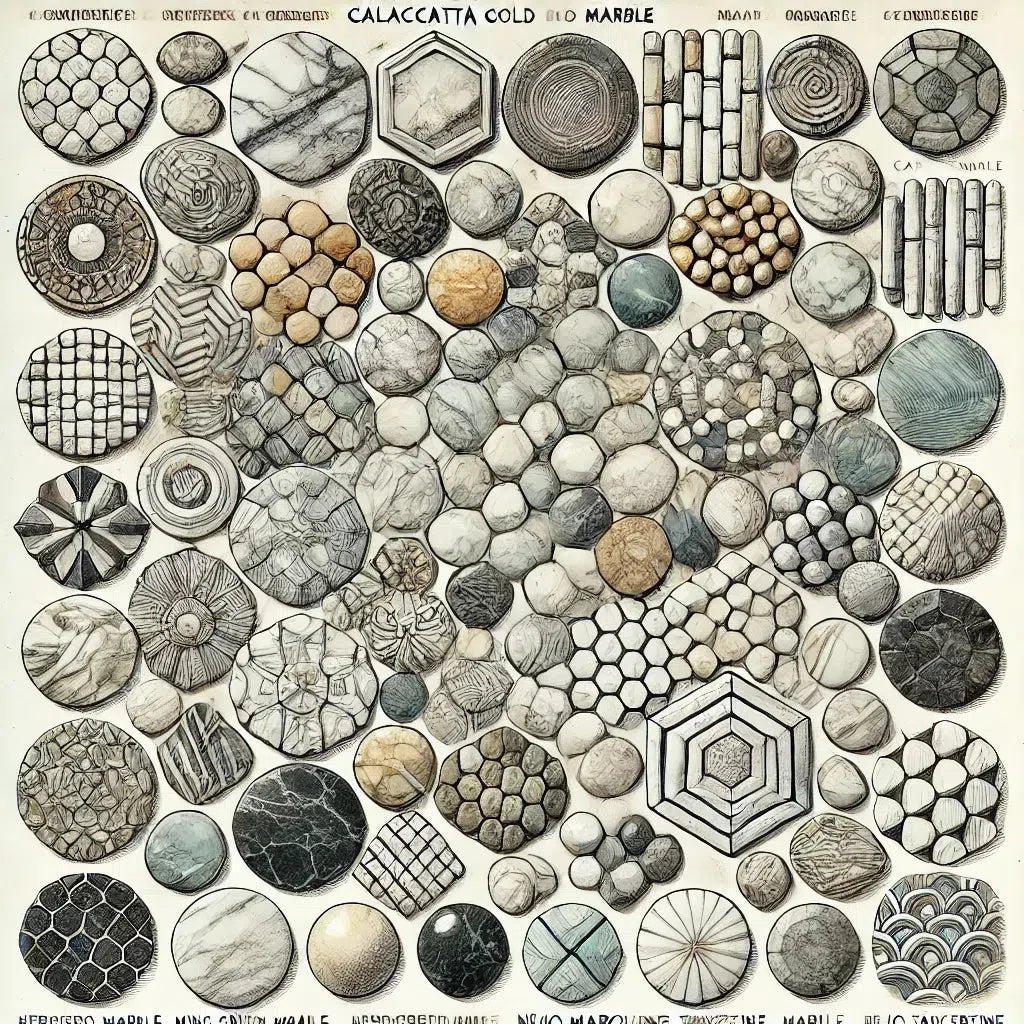 Shop By Type
Shop By Type
 Marble Tiles
Marble Tiles Marble Mosaic
Marble Mosaic Travertine Tiles
Travertine Tiles Travertine Mosaic
Travertine Mosaic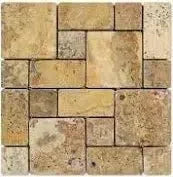 4 pcs Versailles Pattern / French Pattern Set
4 pcs Versailles Pattern / French Pattern Set Molding/Trim
Molding/Trim Border/Listello
Border/Listello Ledger-Panel
Ledger-Panel Checkerboard
Checkerboard Patterned Tile Collection
Patterned Tile Collection  Shop By Finish
Shop By Finish
 Polished
Polished Honed
Honed Brushed
Brushed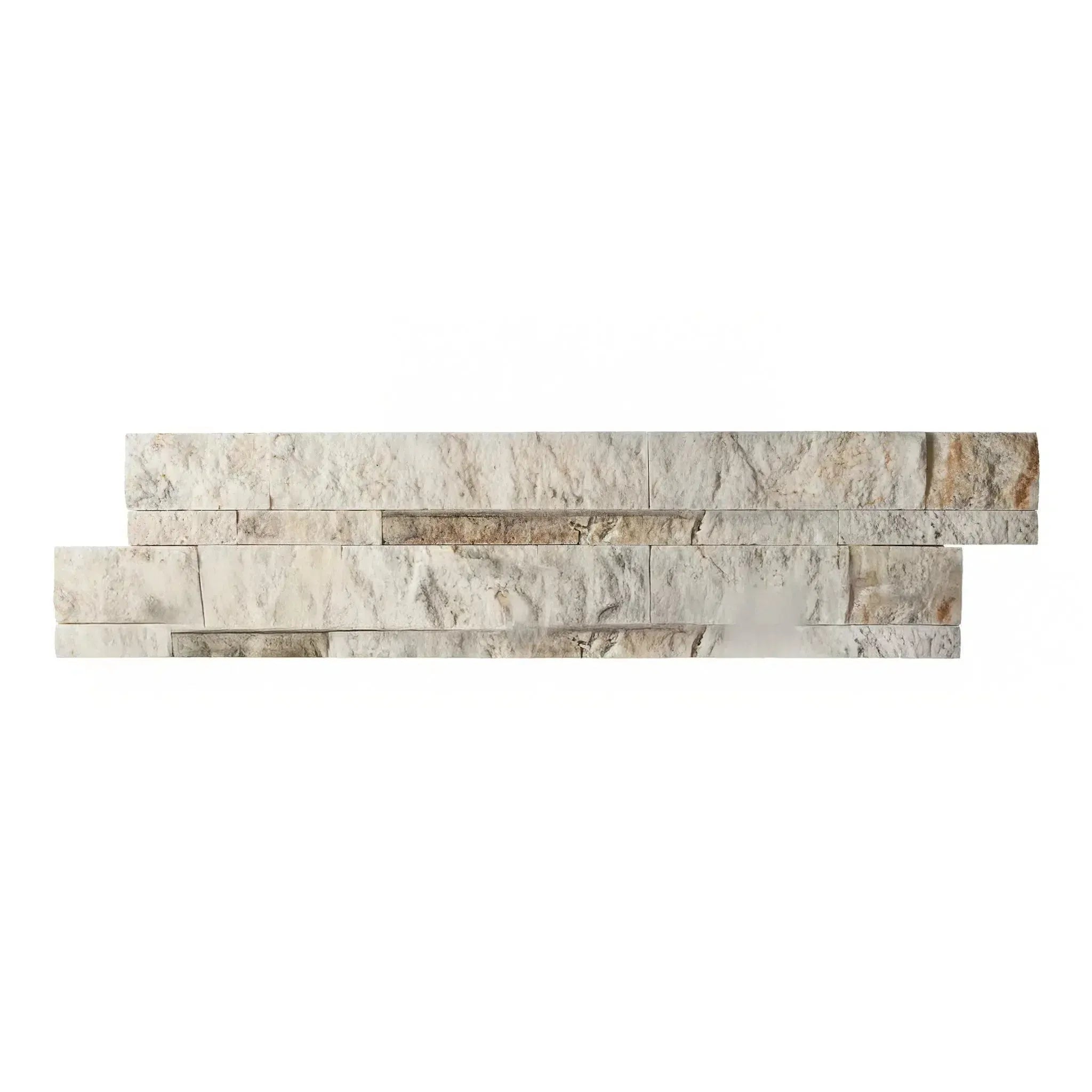 Split Face
Split Face Textured
Textured Tumbled
Tumbled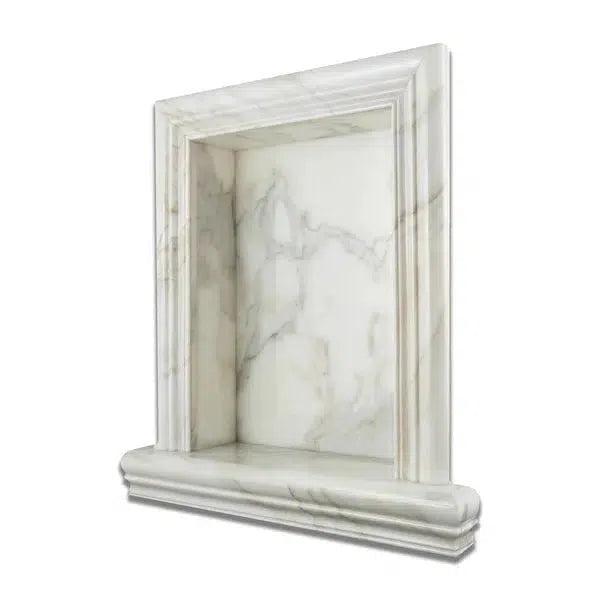 Accessories
Accessories
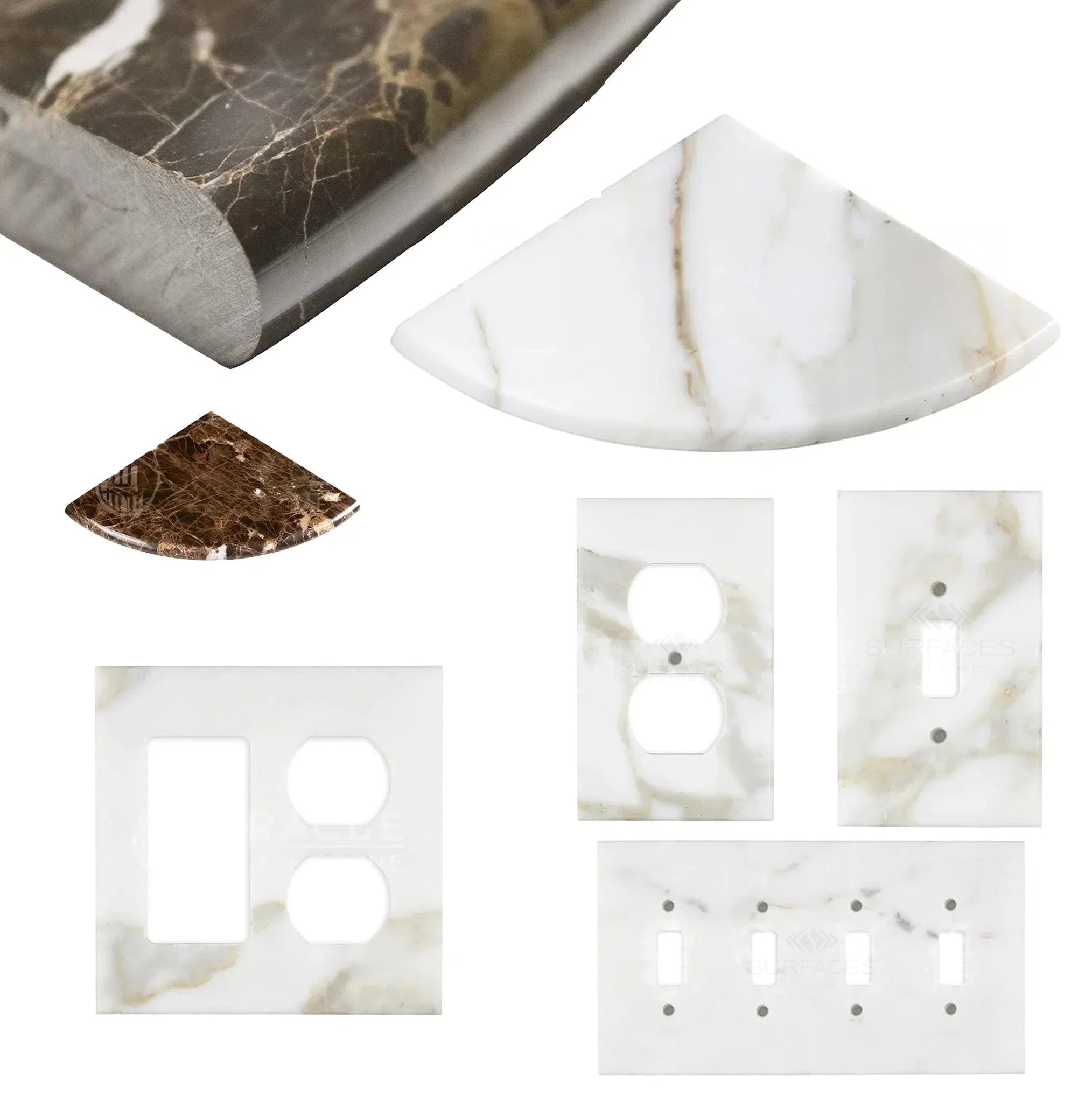 Wall Plate / Switch Plate
Wall Plate / Switch Plate Shampoo Niche
Shampoo Niche Corner Shelf
Corner Shelf Clearance
Clearance





Leave a comment